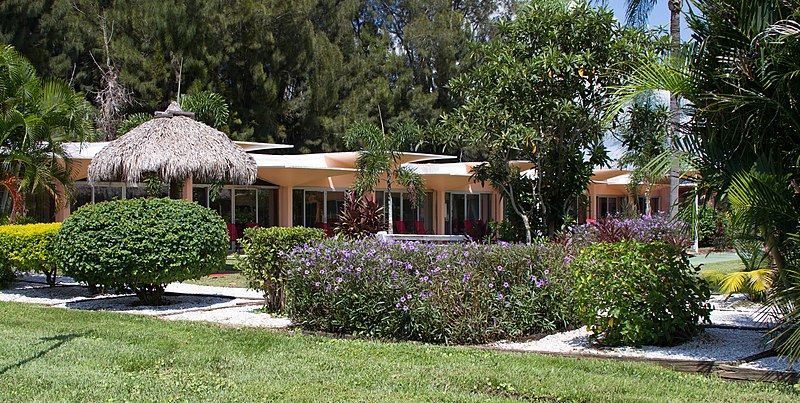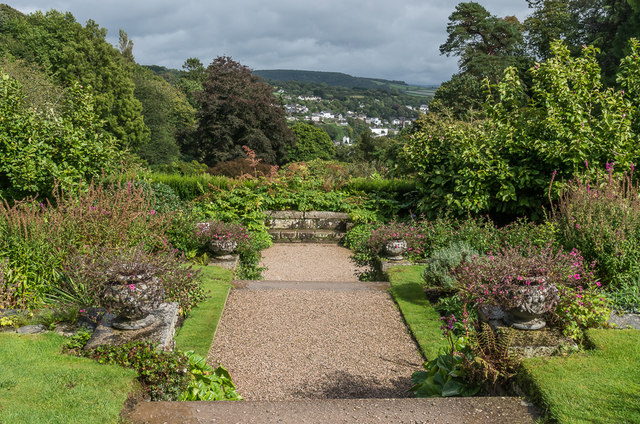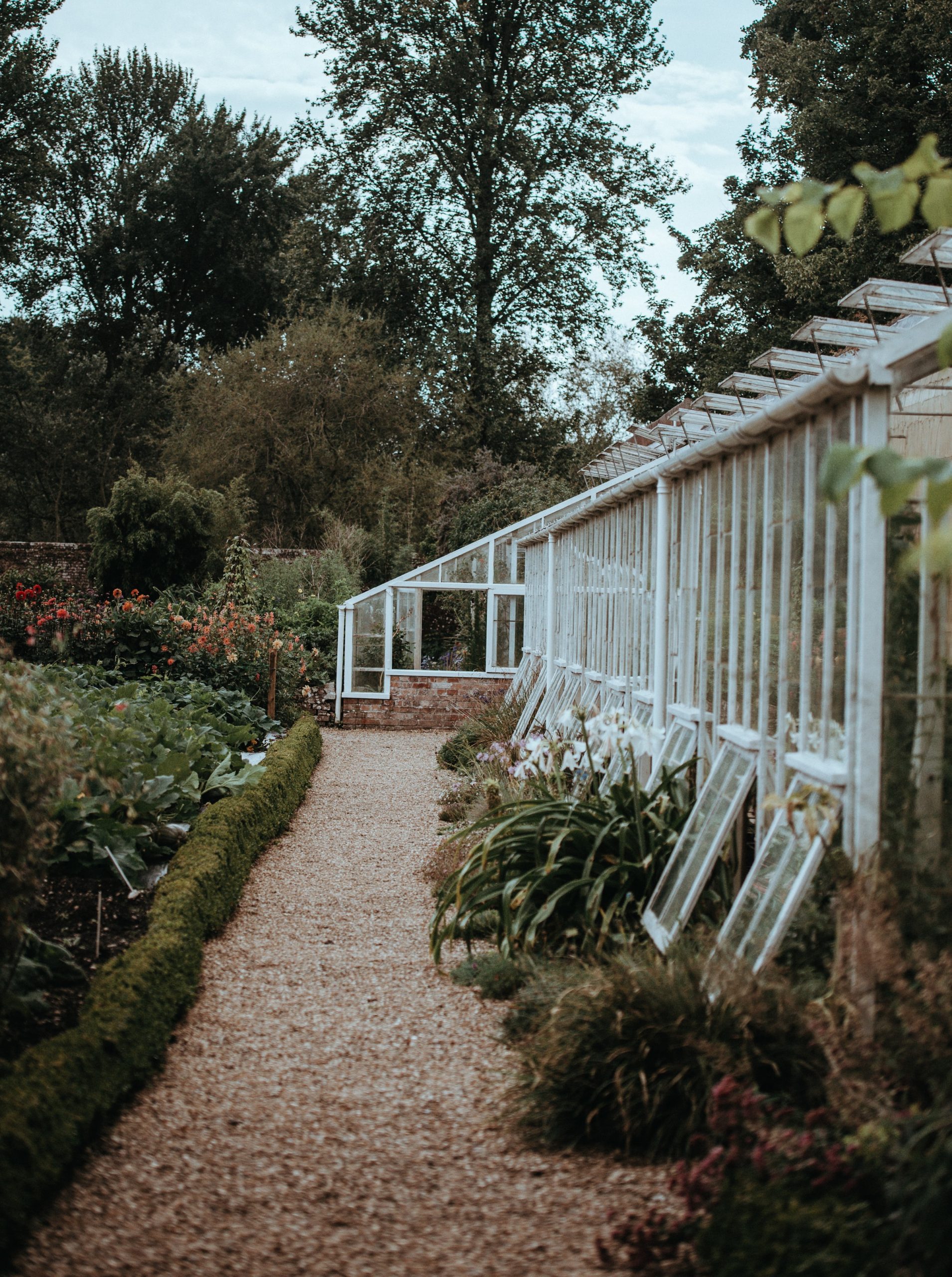The mineral garden is built on the combination of minerals and plants. It is sculptural when it is perfectly realized, it resembles a work of art. Let’s discover together what is its principle, the different elements that allow creating a mineral garden, and how to maintain this composition.
What is a mineral garden?
A mineral garden is an outdoor space of small areas giving an illusion of space. It features a large number of mineral elements and some plants. At no place should the earth be seen.
It is sometimes called a dry garden, Zen garden, contemporary garden, or gravel garden.
The principle of the mineral garden is to create a kind of ground painting, made up of soft, non-symmetrical shapes and various colors always perfectly harmonized. This very aesthetic dry garden can integrate reliefs, islands, a low wall, and each drawing is delimited by the mineral. Such a garden calls for serenity.
It certainly brings a decorative touch to the outdoor space, but it is much more than that. It is the opposite of exuberance. It symbolizes simplicity, minimalism, and invites for meditation. It is inspired by the Zen garden in Buddhist temples.
Note: in this type of garden, the mineral holds an important place while the plant is less present. However, the plants bring a kind of balance to the composition.
What are the different elements of a mineral garden?
Minerals and plants combine to create a garden conducive to contemplation and emotion.
Mineral garden: which minerals to install? 
All minerals are welcome in a mineral garden as long as they are in harmony in terms of size. Indeed, everything must be perfectly proportioned. Glass, pebble, bauxite, limestone, granite, pink marble, various graphic natural stones, ochres or black, and of course colored gravel. They take up the largest space in a mineral garden because they are used as mulch so that the soil is not visible.
The sand is always perfectly raked and brings softness and by an association of decorative ideas, it symbolizes water, often forming waves near the rocks. The evocative aspect is an important part of this concept.
Various decorative elements are then added:
– a drystone wall can be integrated into the mineral garden to bring a touch of authenticity to this landscape;
– a few steps in slate or stone invite you to walk along the path;
– stone lanterns and candleholders for lighting points can give rhythm to this space dedicated to contemplation;
– a fountain or a small bridge for the evocation of water;
– pots and planters, also in stone, to hold plants.
To settle comfortably in a mineral garden and be able to rest there, it is essential to create a small patio, also made from minerals. For example, it can be reconstituted with stone slabs or natural stone. The color of the patio must be perfectly harmonized with the other minerals in the garden. Beige, gray, or pinkish, it can be used to create a contrast with minerals with dark tones.
Recommendation: To give the impression that the different rocks have been there since the dawn of time, it is necessary to anchor them perfectly in the ground and not be too precise in their placement.
Mineral garden: which plants to put in place?
Many plants and shrubs can find their place in a mineral garden. For example, annuals and perennials with decorative foliage, ornamental shrubs, small fruit trees, and dwarf palms can be placed in a mineral garden. Succulents can be integrated into this type of garden, but also lavender, yucca, certain grasses, even a Prunus serrulata with splendid flowering, and a Japanese Maple whose leaves, from autumn, are adorned with flamboyant colors.
Certain plants bring color, others the perfume, others still the movement when the light wind touches their foliage. Some also play the role of ground cover like mosses. The main thing is to choose plants that acclimatize without difficulty to local conditions. However, it is important to keep in mind that the plants should not be as numerous as the minerals in a mineral garden.
Good to know
Finally, the size of the plants must be adapted to the size of the mineral garden. There is nothing to prevent you from creating a large mineral garden in which you can incorporate larger trees such as an umbrella pine, yew, or cypress. They will provide shade and allow you to relax in the heart of your Zen garden during the hot season.



